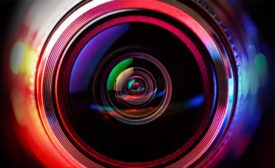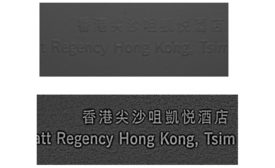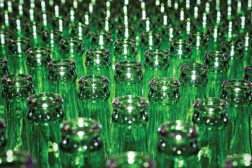Steve Zhu
Steve Zhu is the director of sales for Asia for Teledyne DALSA Inc. For more information, call (514) 333-1301 ext. 4231, email [email protected] or visit www.teledynedalsa.com.
ARTICLES
Shape from Shading: A Vital Shape Extraction Technology and its Applications
Vision inspection is not without its challenges.
January 1, 2020
Test & Inspection
Using Optical Inspection to Boost Quality
Optical inspection is an essential part of the quality process in manufacturing.
August 5, 2013
Stay in the know with Quality’s comprehensive coverage of
the manufacturing and metrology industries.
eNewsletter | Website | eMagazine
JOIN TODAY!Copyright ©2024. All Rights Reserved BNP Media.
Design, CMS, Hosting & Web Development :: ePublishing


